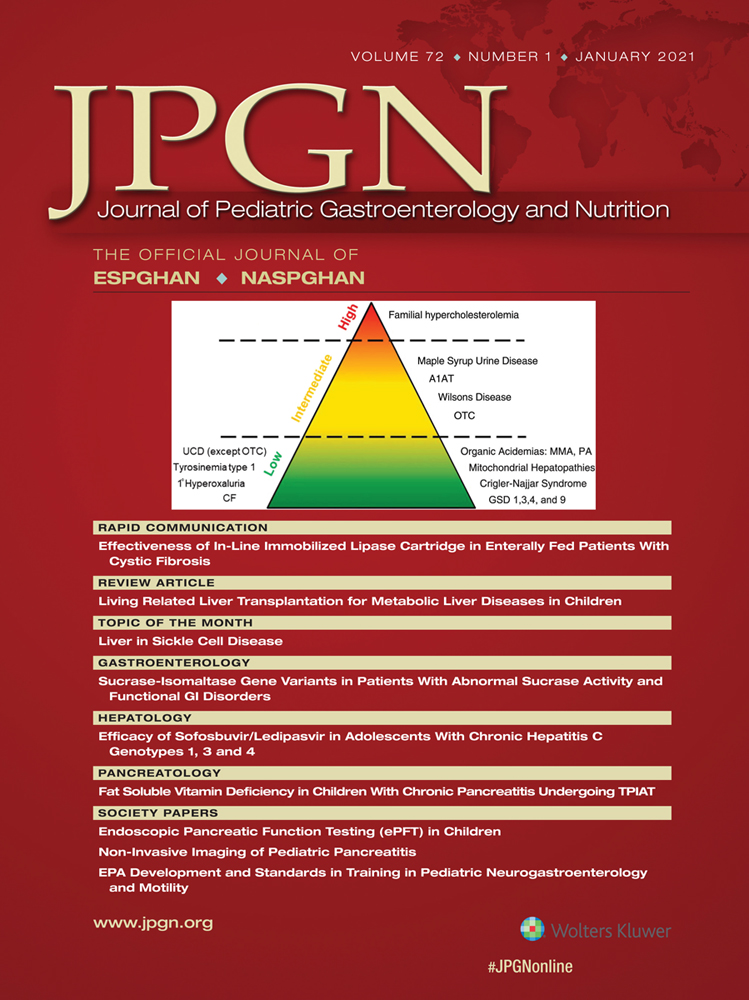Infliximab Level Between Venous and Capillary Blood Using Novel Device Strongly Correlate in Paediatric Inflammatory Bowel Disease Patients
Sanquin financed the trough and antibody measurements of both the venous and the dried blood spot samples.
Dr de Ridder reports grants from ZonMW, Pfizer, Celltrion, and Abbvie, outside the submitted work. For the remaining authors, none is declared.
ABSTRACT
Objectives:
Blood to measure infliximab (IFX) levels is typically obtained with venipuncture. Dried blood sampling (DBS), using capillary blood obtained from a finger prick, would be an alternative to measure IFX blood levels while being more patient friendly. The aim of this study is to compare IFX blood level measured by venipuncture versus DBS in patients with paediatric inflammatory bowel disease (PIBD) to assure accuracy.
Methods:
A prospective clinical pilot study was performed in patients with PIBD. Before IFX infusion, blood was collected simultaneously through venipuncture and DBS from a finger prick, using Mitratips (Neoteryx). All IFX concentrations were measured by an enzyme-linked immunosorbent assay. The Bland-Altman analysis was used to measure limits of agreement. The interrater reliability was measured with the interclass correlation coefficient and Cohen kappa. To calculate Cohen kappa, IFX levels were categorized into 3 groups; low <5 μg/mL, adequate 5 to 10 μg/mL, and high >10 μg/mL.
Results:
Twenty patients were included. Median age was 12.1 year (interquartile range 8–16 year). The mean difference between the 2 methods was −0.14 as calculated with Bland-Altman plot. The limits of agreement were between −1.39 and 1.12. The interclass correlation coefficient was with 0.998 excellent. The Cohen kappa between 3 IFX level categories was strong K = 0.911 (P = 0.0001). There was a strong correlation between venous IFX serum levels and DBS (r = 0.991, P = 0.0001) in the included patients.
Conclusions:
This is the first study in patients with PIBD to show that bloodspot technology is a patient friendly alternative method to measure IFX blood levels in PIBD.




